Creative Exchanges in Pia Camil’s Vibrant Contemporary Textiles
From canopies made of recycled t-shirts and architectural wall-hangings to vast garments made for multiple wearers, Mexican artist Pia Camil is constantly experimenting with the boundaries of textile art, pushing it in a series of exciting and unexpected directions. She is particularly interested in breaking down the pretensions of the art world, namely the utopian ideals bound into the geometric abstraction of modernist art. Instead, her playful vibrantly coloured geometry draws inspiration from Mexico’s open-air markets and multi-layered, decaying billboard signage, as a means of connecting her language back to real, lived experience. Working predominantly with fabric is also a means of relating her art back to ordinary life, a reflection on the role textiles play in how we understand our bodies and the places we inhabit.
Camil was born and raised in Mexico City, and she credits the city’s bustling metropolis for her wanderlust as an adult. She was raised by a single mum who was always on the go, running errands and fixing things, which she says opened her eyes to the many ways of being productive and making the most of your time. Camil says, “A big part of my art-making has to do with that mobility, as well as making significant relations with my collaborators in all parts of [Mexico] like the group of seamstresses in Iztapalapa, the vendors in La Merced, or the dyeing studio in Ecatepec.”
After leaving home Camil studied at the Rhode Island School of Design in Providence, followed by the Slade School of Fine Art in London. “I trained as a painter,” she says, adding, “both drawing and painting were the foundation of my practice before I started doing site-specific installations exploring my relation to the urban landscape of Mexico City, which I often documented in photographic archives.” Painting, she notes, was too rigid and restrictive for her experimental approach – with fabric, Camil found she could pull things apart and reconstruct them with greater freedom. Fabric was also more mutable and adaptable for a variety of different environments; it could be shaped over human bodies, or formed into spaces the body could inhabit, as well as being loaded with geographical significance. Camil says, “I engaged in the use of fabric as a primary medium due to its relation to the body as well as its ability to adapt to different contexts depending on where the fabric was sourced.”
Some of Camil’s first fabric artworks were costumes for her early art-noise band El Resplandor, and performance, or performative elements have remained a mainstay of her practice. Later, she began moving into large wall hangings and vast, all-encompassing suspended installations, many made from second-hand t-shirts or discarded denim in collaboration with local Mexican seamstresses. Composed of grids, blocks, stripes and patches, they appear on the one hand to resemble the American language of modernism and minimalism that has trickled down through art history since the 1960s, nodding towards Camil’s past interest in painting. But Camil argues that her work is made in strong opposition to the reductive, austere purity of modernism, which never really took off in Latin America. Instead, she argues, her work is drawn from the ramshackle rooves of Mexican markets, whose stitched together suspended ceilings she has often mimed in her practice, and the multi-layered, complexities of billboard signs as they are constantly pasted over and re-done, existing in a state of constant flux.
In the past decade Camil has also explored a series of socially engaged interventions through fabric, such as Divisor Pirata (Bootleg Divider), 2016, a brightly coloured sheet filled with holes, which a group wore during a street protest in Guatemala following the Trump election, and Telon de Boca (Stage Curtain), 2018, a solo exhibition which include a swap shop, where Camil traded 150 hand-printed t-shirts for gallery visitors’ worn-out old band t-shirts in a series of pop-up booths, offering an alternative to mass consumption. She observes the ways fabric can open up social discourse, and can allow us to reconsider our place in a world of ongoing capitalist production, noting, “Fabric works are often completed through public participation. By engaging in different collaborative and exchange strategies with the public I aim to dismantle preconceived ideas of the legacies of modernism and those related to art making and the art market, and expose dynamics of mass consumption from a feminist perspective.”





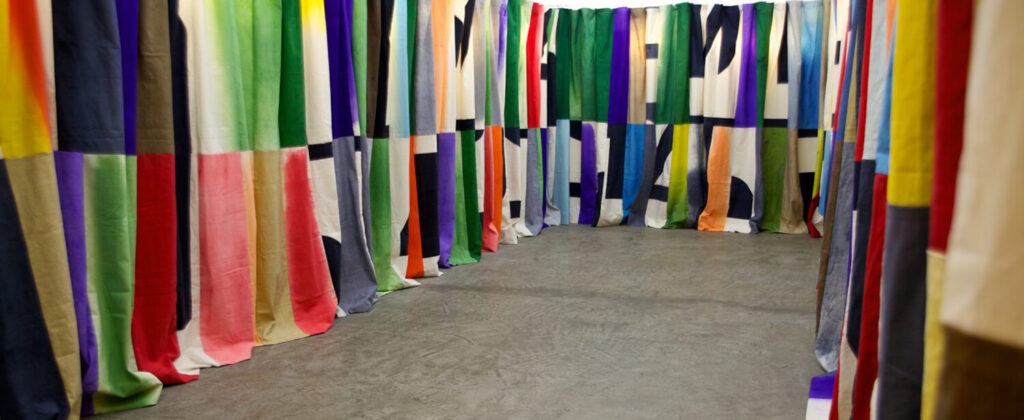
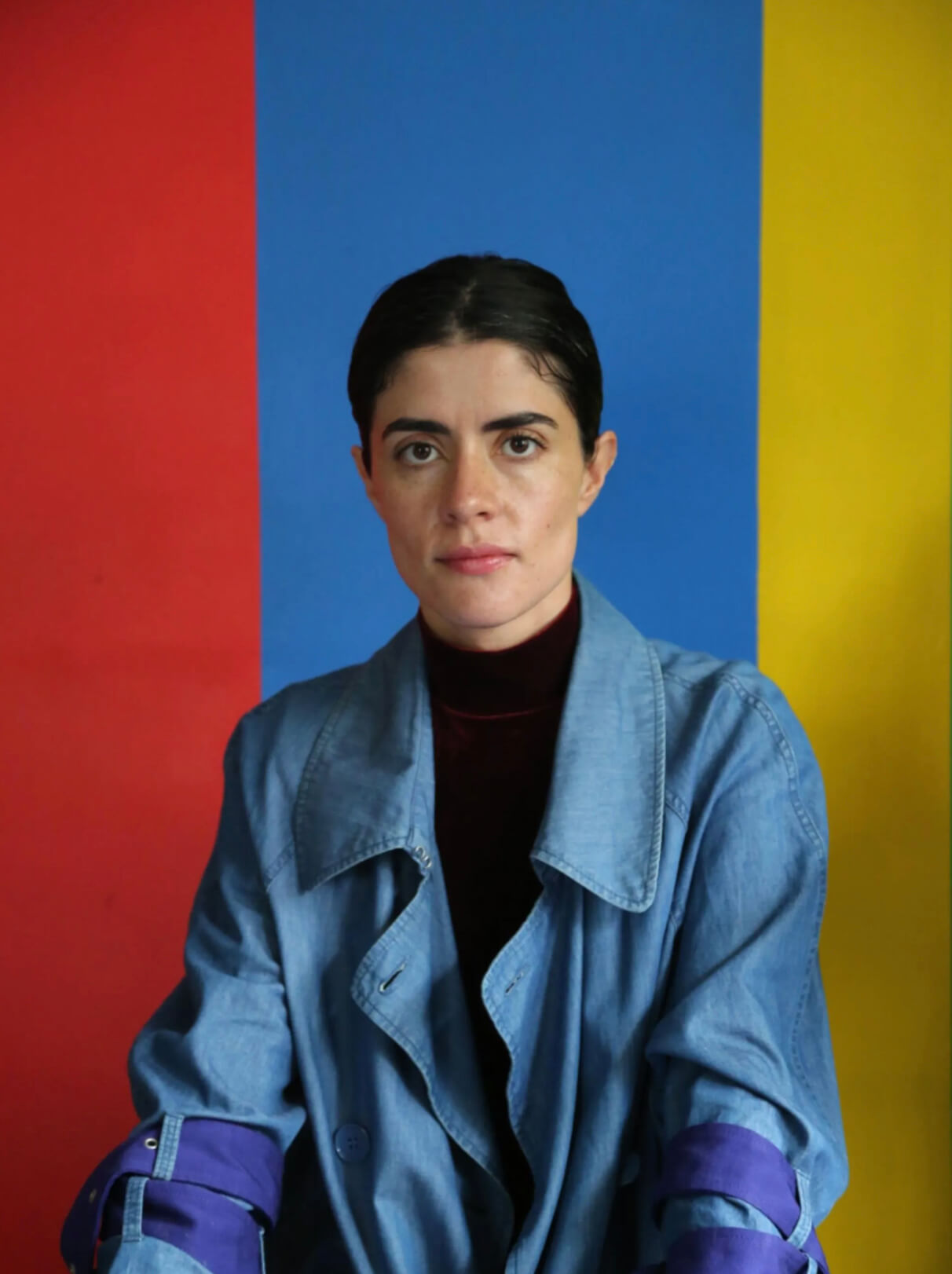
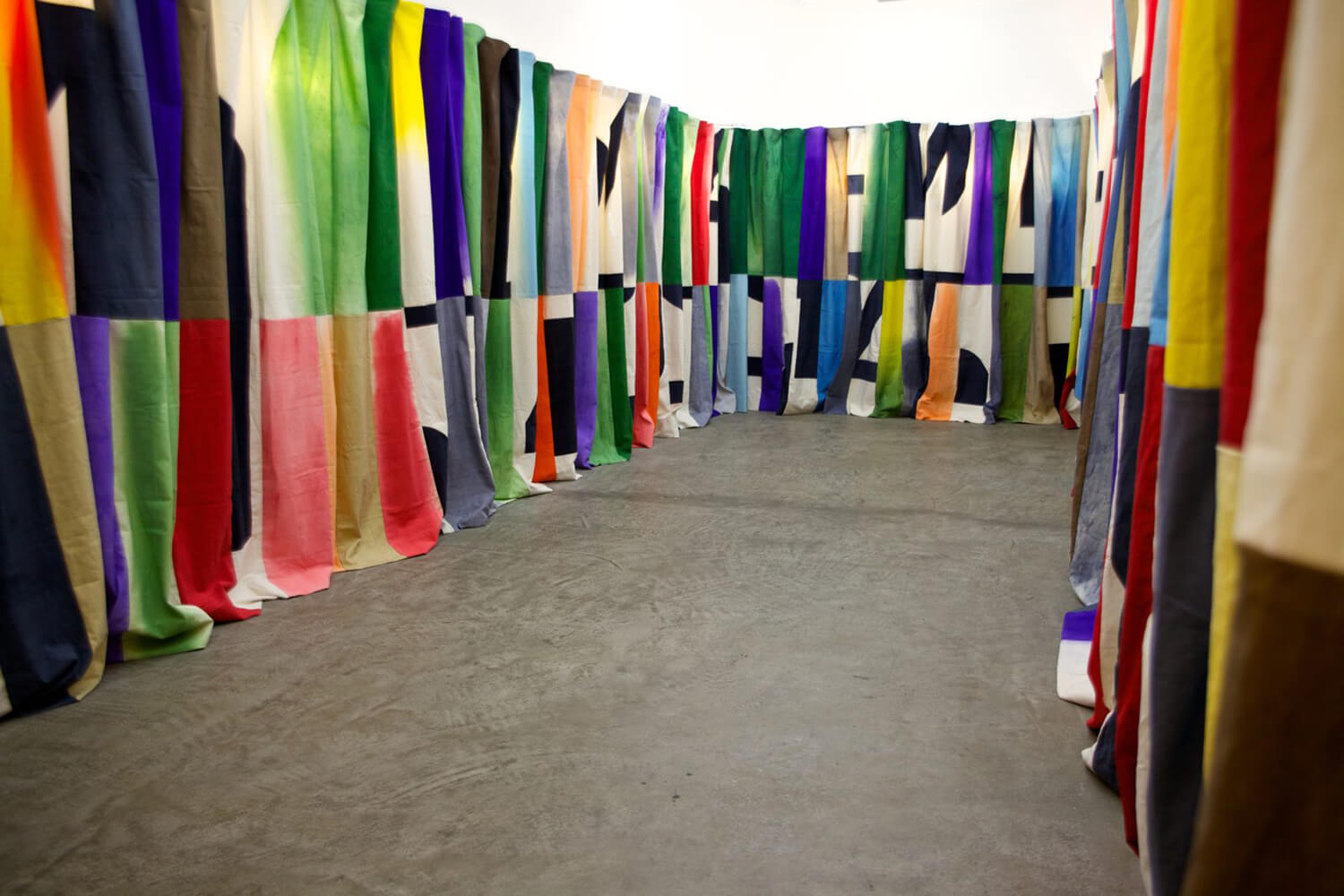
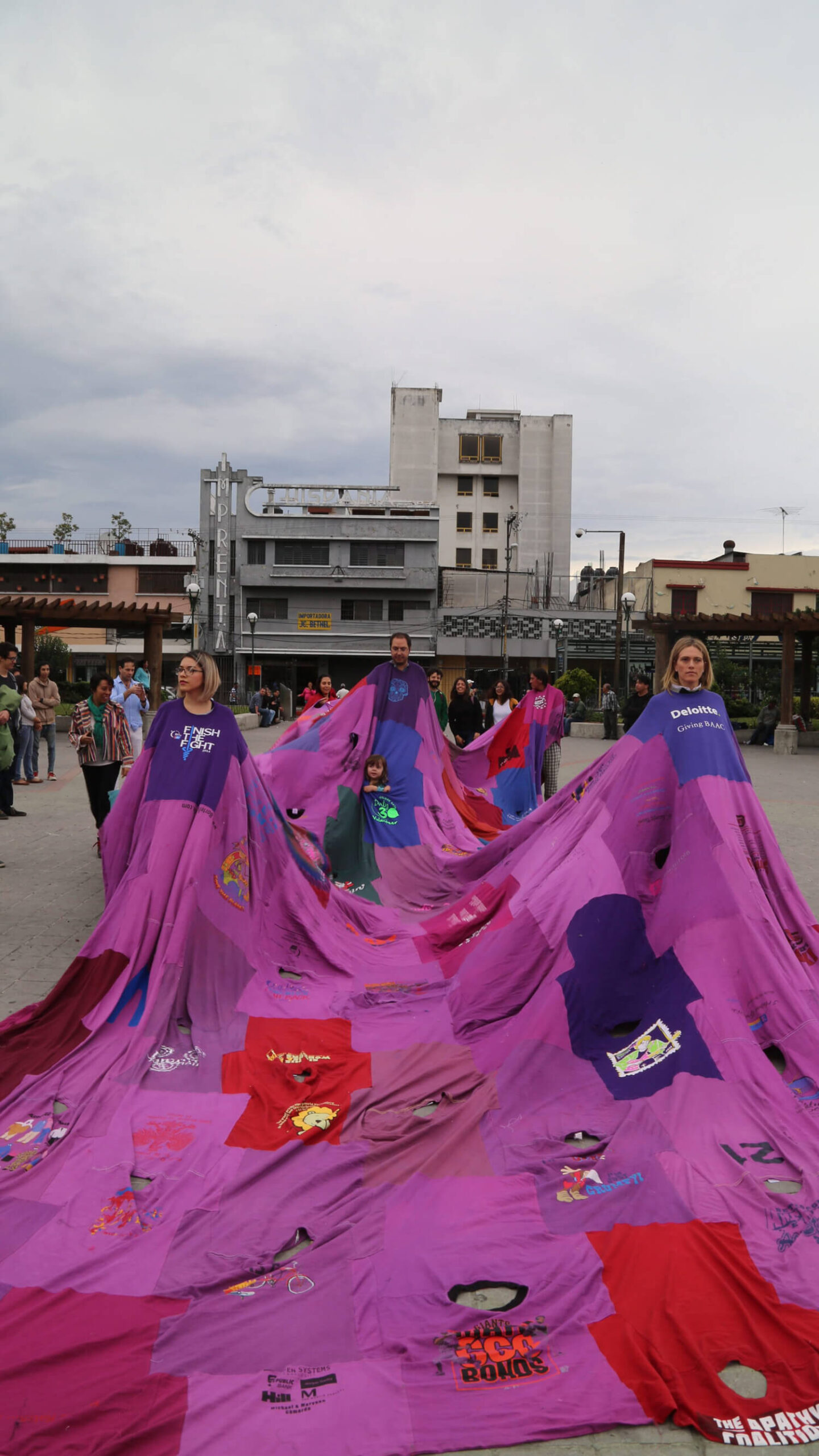
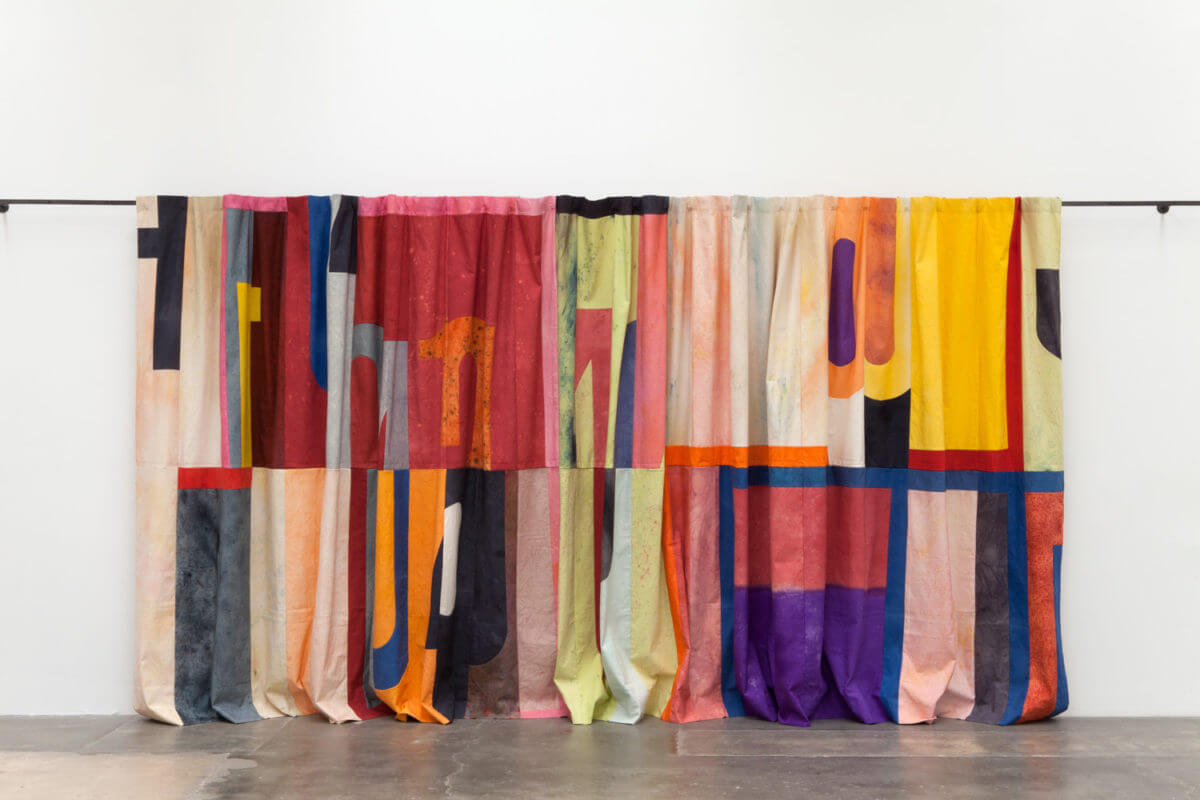
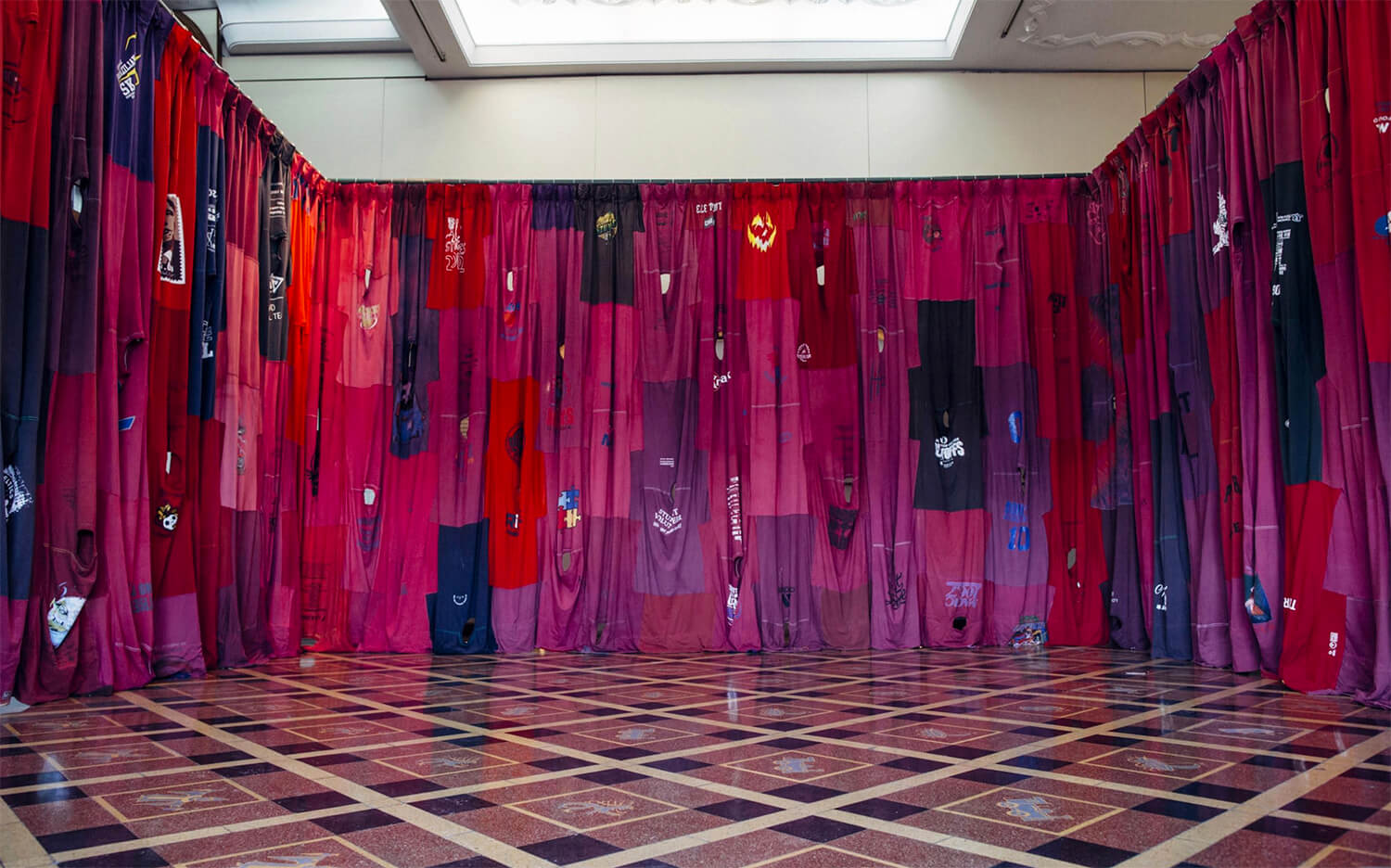
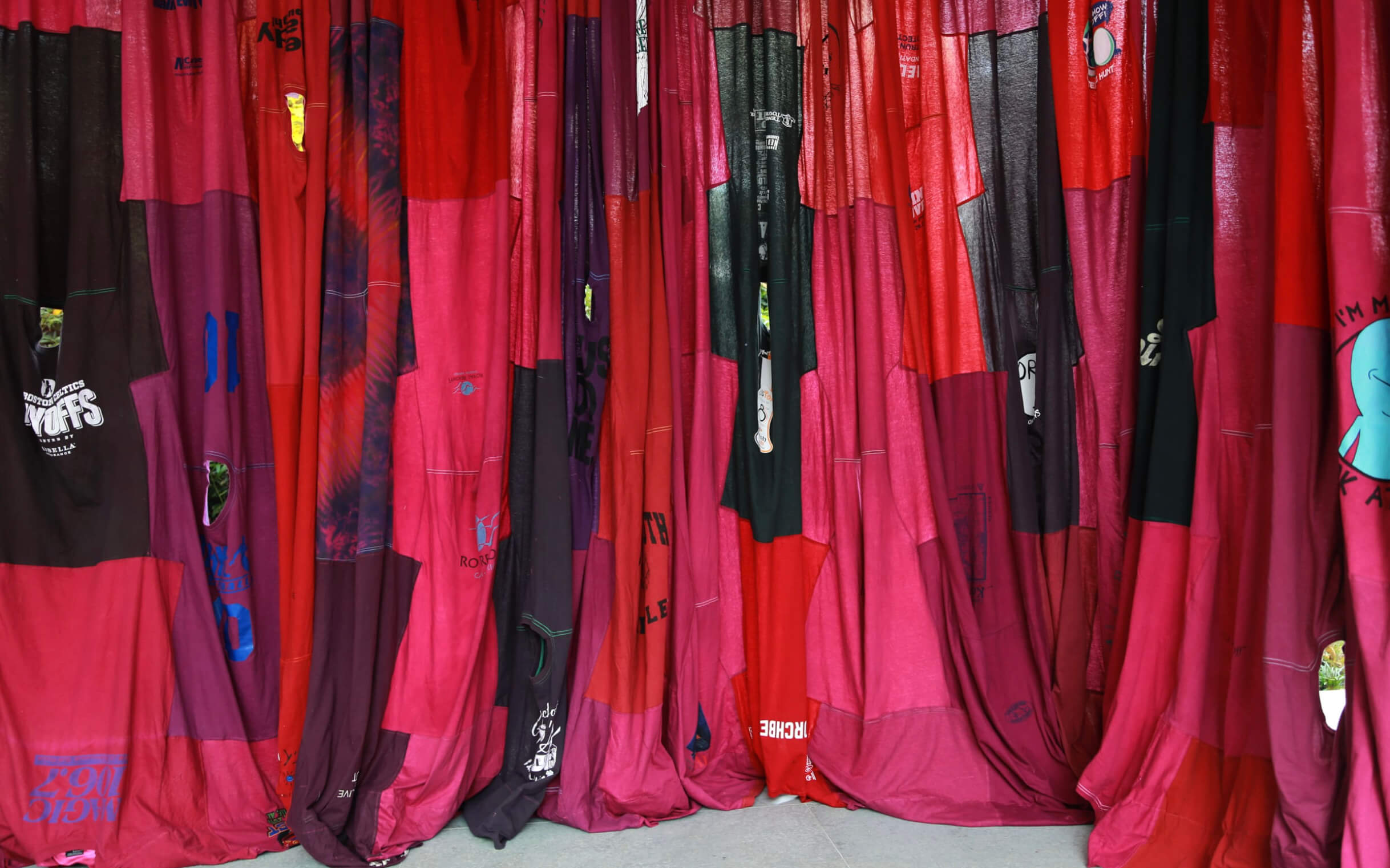












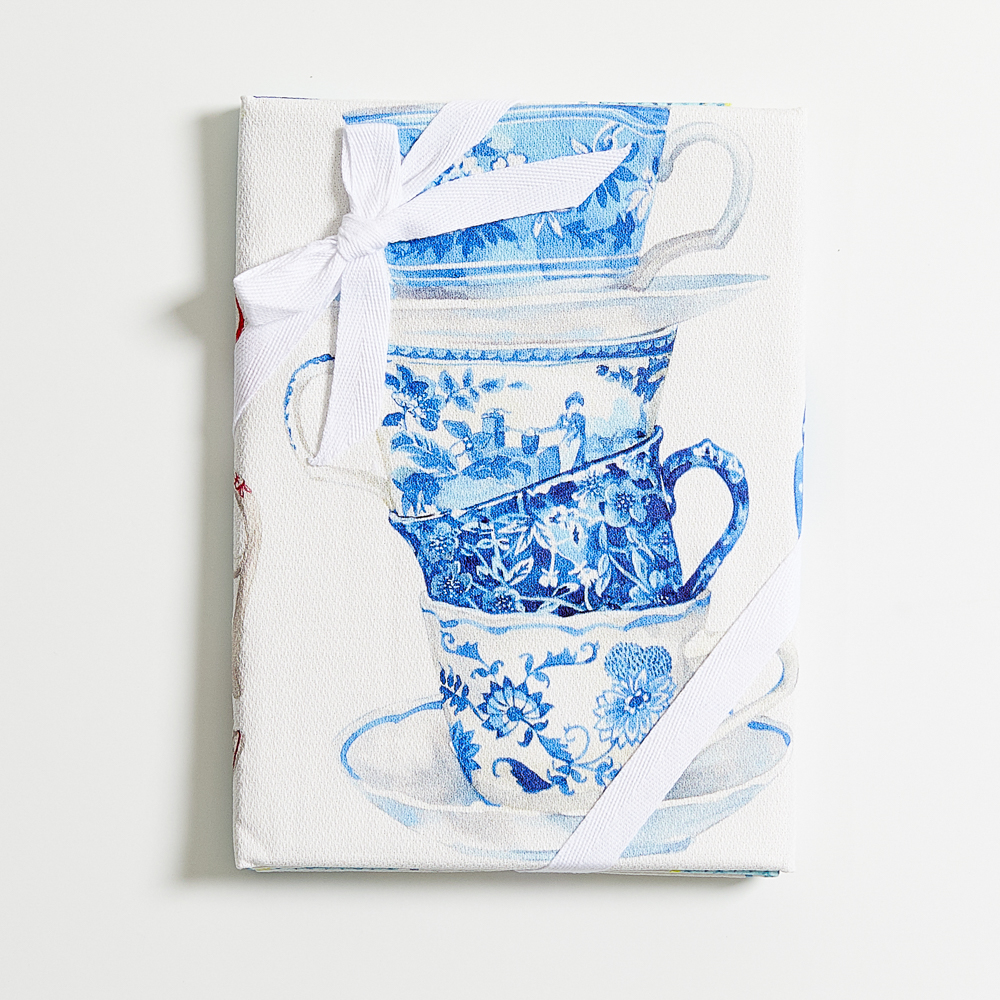



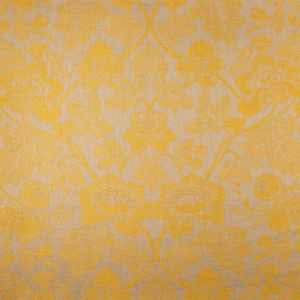
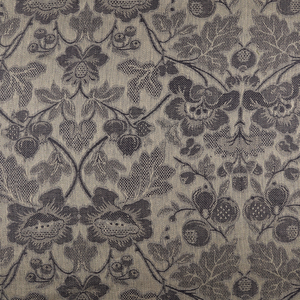
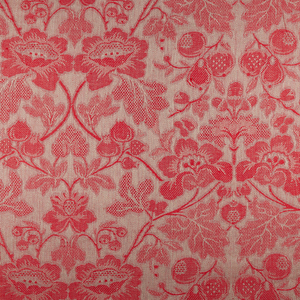
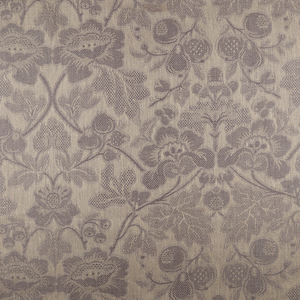
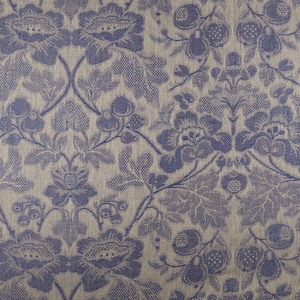
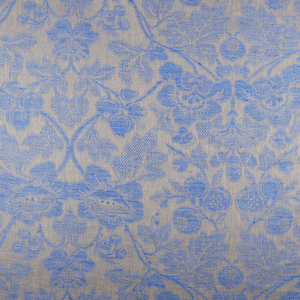
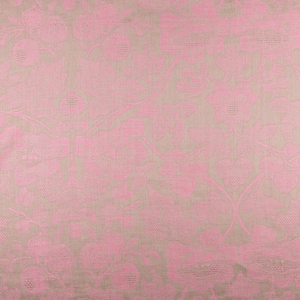


















Leave a comment